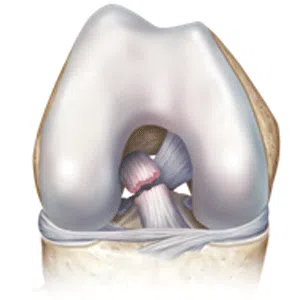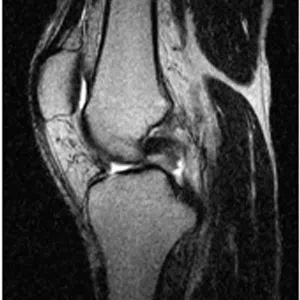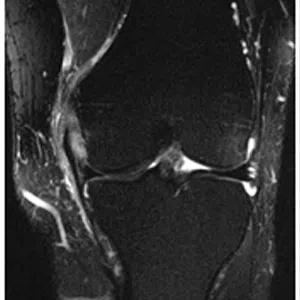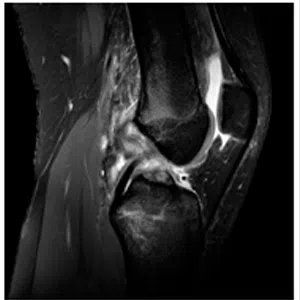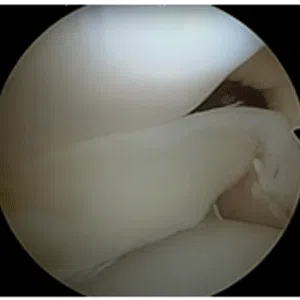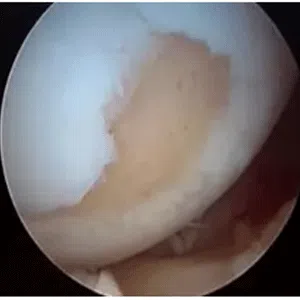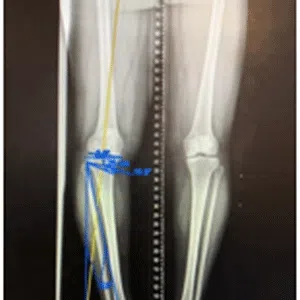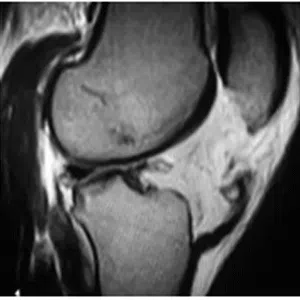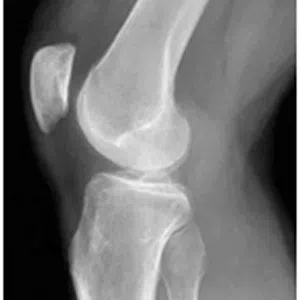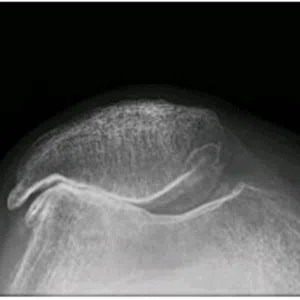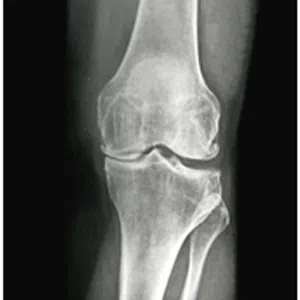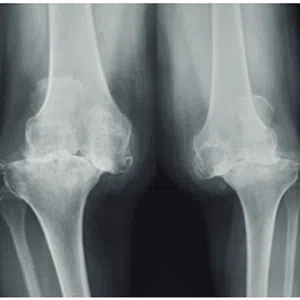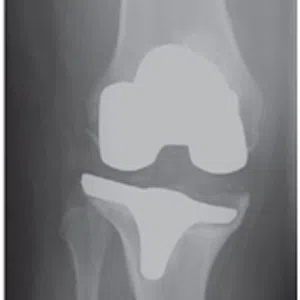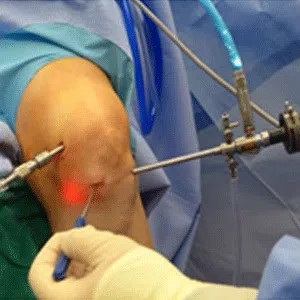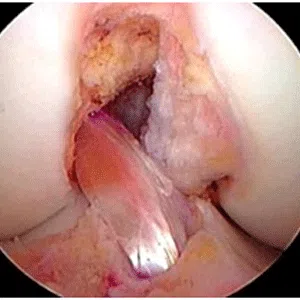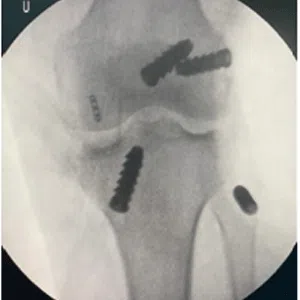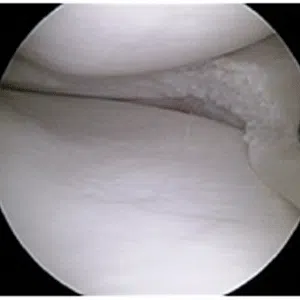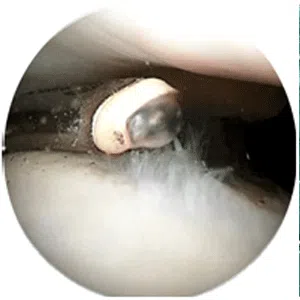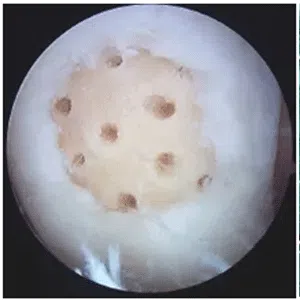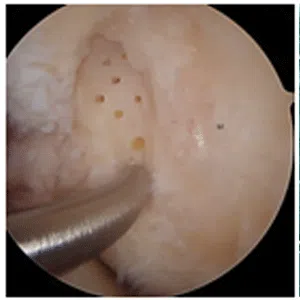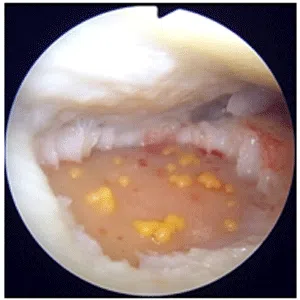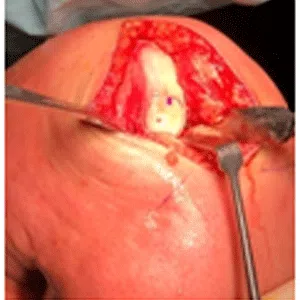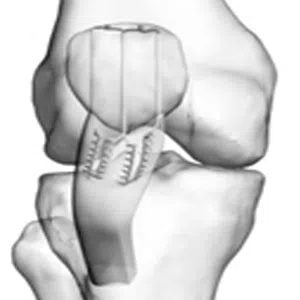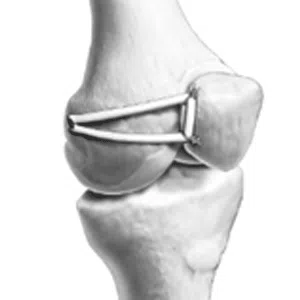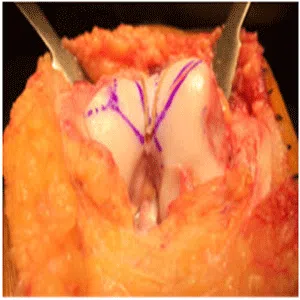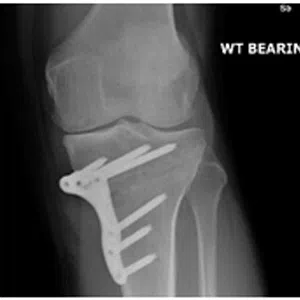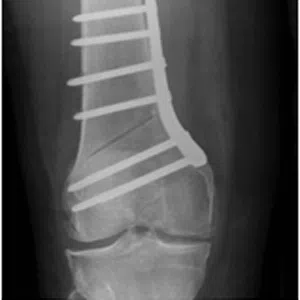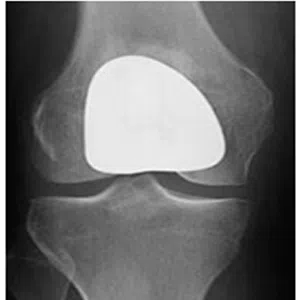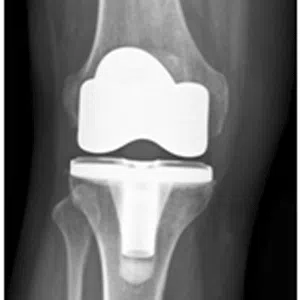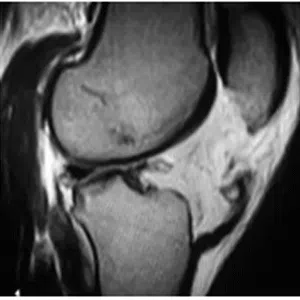
Patellar tendon is a strong soft tissue connecting the patella (kneecap) to the tibia (shin bone) in the knee joint. The tendon gets injured typically due to by sudden, high-stress movements such as jumping or falling, which can result in a complete or partial tear of the patellar tendon.
Symptoms of a patellar tendon rupture include knee pain, swelling, and difficulty walking or bearing weight on the affected leg. The knee may also appear visibly deformed or “dropped.”
Diagnosis of a patellar tendon rupture typically involves a physical exam, imaging tests (such as X-rays or MRI). Treatment for a patellar tendon rupture typically involves surgical repair, followed by a period of rehabilitation and physical therapy.
Physical therapy is an important component of the recovery process after a patellar tendon rupture, as it can help to improve strength, flexibility, and stability in the knee. Wearing proper footwear and avoiding high-impact activities that put excessive strain on the knee can also help to prevent a patellar tendon rupture from recurring.
Patellar tendon rupture is a serious injury that can impact knee function and mobility. With proper treatment and care, individuals with this condition can make a full recovery and return to their previous level of activity, but it is important to seek medical attention early on to prevent the condition from worsening.
-
Anterior cruciate ligament (ACL) tear revision
-
Posterior cruciate ligament (PCL) tear
-
Medial collateral ligament (MCL) injury
-
Multi-ligament tear
-
Meniscus tear
-
Meniscus root tear
-
Cartilage injury – repair/ osteochondritis dissecans
-
Knee deformity or malalignment – varus/ valgus/ rotational
-
Patellar tendon tear
-
Quadriceps tendon tear
-
Patellofemoral instability
-
Patellofemoral arthritis
-
Knee arthritis in young
-
Knee arthritis
-
Failed primary total knee replacement
-
Joint preservation surgery
-
Arthroscopic ACL repair/ reconstruction/ Revision ligament reconstruction
-
Arthroscopic PCL reconstruction
-
Multi-ligament reconstruction
-
Meniscus surgery –partial meniscectomy/ repair (root tear/ rim lesion)
-
Meniscus transplant
-
Chondroplasty
-
Microfracture
-
Nanofracture
-
BMAC
-
Autologous chondrocyte implantation (ACI)
-
Osteochondral Autologous Transfer Surgery (OATS) or mosaicplasty
-
Osteochondral allograft transplant
-
Patellar tendon repair/ quadriceps tendon repair
-
MPFL reconstruction
-
Tibial tuberosity transfer
-
Trochleoplasty
-
De-rotation or rotational osteotomy (Proximal tibial/ Distal femur)
-
High tibial osteotomy
-
Distal femoral osteotomy
-
Patellofemoral joint replacement
-
Total knee replacement





